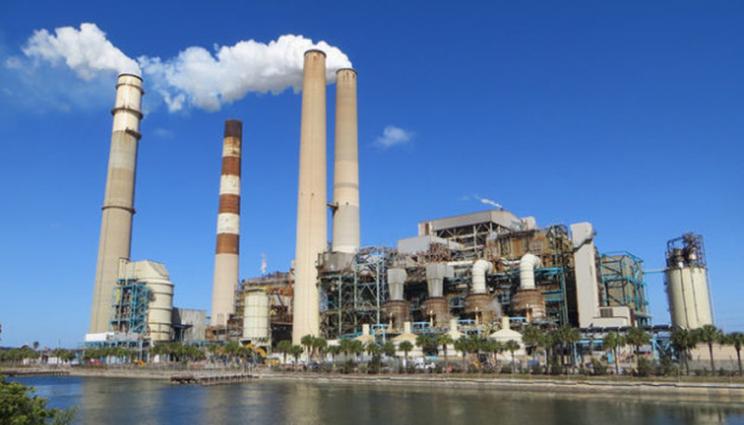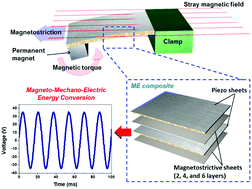2020/4/14 ローレンスリバモア国立研究所(LLNL)

・ LLNL が、コールドスプレー(CS)と呼ばれる付加製造(AM)技術を利用し、複雑な形状のパイプ等のこれまでにないエネルギー源から廃熱を回収できる熱電素子の作製に成功。
・ 熱を電気に、電気を熱に変換する熱電材料は、その製造方法と材料の課題により、廃熱回収のアプリケーションにおいて制限されている。米国の産業では年間 1.3 京 BTU のエネルギーを廃熱として損失しており、回収されるのは僅か 3 京 BTU で、ボイラーによるエネルギー回収と熱電的回収の同時処理で利用可能となる。効果的な熱電材料では、温度勾配を電圧に変換できることに加え、高導電性と低伝熱性が必要。
・ ステンレス鋼、ケイ酸アルミニウムや石英等の基板にテルル化ビスマス粉末を CS 処理した材料では、孔がほとんど無いランダムな配置の微細構造を有し、CS 処理が材料組成に大きな影響の無いことがわかった。
・ このことは、CS 付加製造の有効性と汎用性を実証するものであり、従来方法による製造では不可能な複雑な形状の熱電素子の製造が可能なことを示す。
・ CS によるコーティング技術は、耐腐食クラッディングや表面機能化、部分的な修理等、産業で幅広く利用されている。同技術では、超音速ガスに乗せたマイクロスケールの金属粒子を金属表面に衝突させ、粒子が塑性的に変形して表面に、または粒子同士で結合する。
・ CS 法は、構造部材や合金可鍛性の材料では有効だが、一般的に脆い機能材料には適さない。LLNL では、米国エネルギー省(DOE)が資金を提供する Technology Commercialization Funds (TCF)プログラムの一環として、TTEC Thermoelecgtric Technologies 社と共同で、CS で利用できる材料の種類の拡大を目指す。
・ 本研究の LLNL 担 当 分 に は 、 DOE の Office of Technology Transition の Technology Commercialization Fund が資金を提供した。
URL: https://www.llnl.gov/news/technique-harvests-waste-heat-untapped-sources
<NEDO海外技術情報より>
(関連情報)
Advanced Processing and Additive Manufacturing of Functional Magnetic Materials 掲載論文(アブス
トラクトのみ:全文は有料)
Cold Spray Deposition of Thermoelectric Materials
URL: https://link.springer.com/article/10.1007/s11837-020-04151-2
Abstract
Thermoelectric materials convert heat flux to electricity (or vice versa as Peltier coolers); however, their application to harvest waste heat is limited by challenges in fabrication and materials optimization. Here, cold-spray deposition is used as an additive manufacturing technique to fabricate p- and n-type Bi2Te3, on substrates ranging from quartz to aluminum. The sprayed material has a randomly oriented microstructure largely free from pores (> 99.5% dense), and deposition is achieved without substantial compositional changes. The Seebeck coefficient and thermal conductivity are largely preserved through the spray process, but the defects introduced during deposition significantly increase electrical resistivity. Defects can be removed, and compressive strain relaxed by a post-deposition anneal, which leads to Bi2Te3 blocks with a typical ZT of 0.3 at 100°C. Generators fabricated on sheets or pipes made of copper compare favorably with similar designs constructed using bulk Bi2Te3, displaying a wider operating temperature range. These results demonstrate the power and versatility of cold-spray additive manufacturing and provide a pathway toward fabrication of thermoelectric generators in complex geometries that are inaccessible to generators made by traditional approaches.


